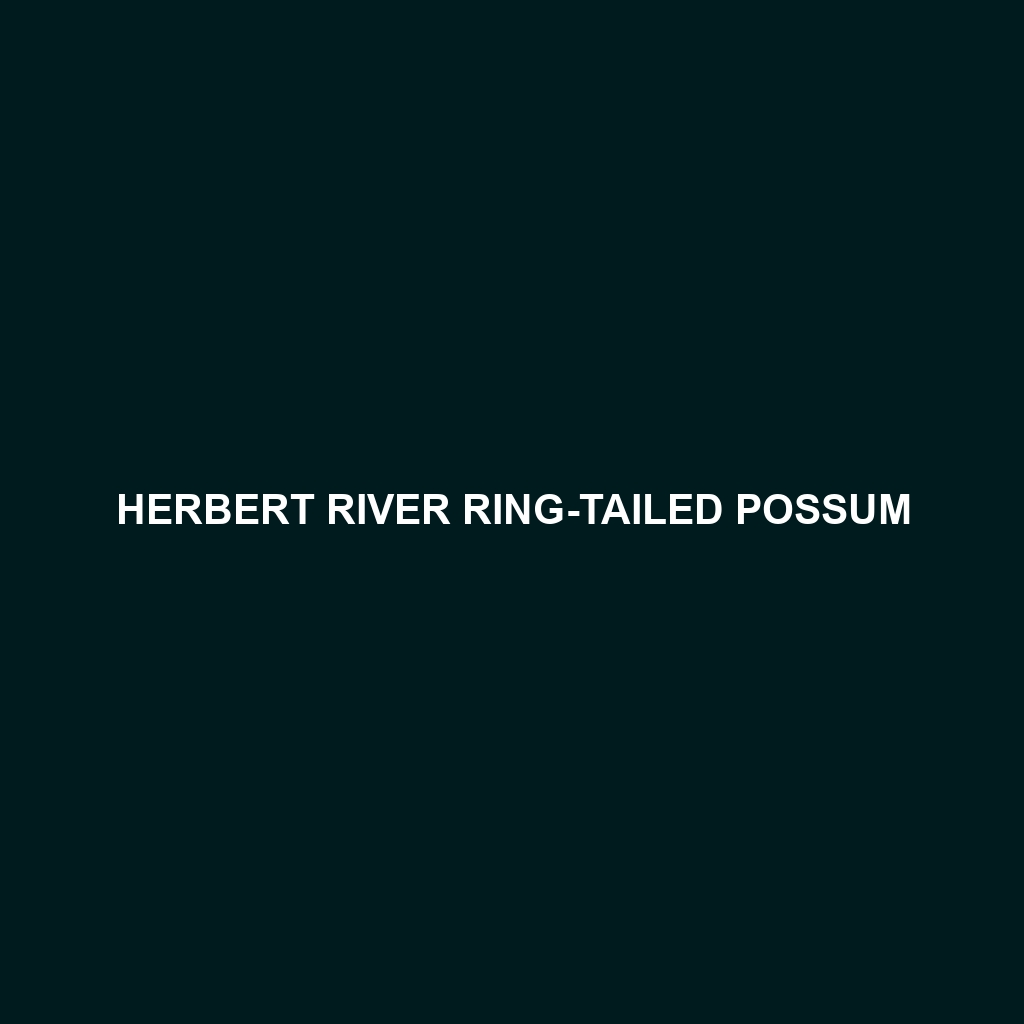Masked Ring-tailed Possum: A Detailed Overview
The Masked Ring-tailed Possum (Pseudochirulus larvatus) is a fascinating arboreal marsupial native to the rainforests of New Guinea and nearby islands. Known for its distinctive facial markings and prehensile tail, this nocturnal creature plays a vital role in its ecosystem. With a combination of unique physical characteristics and behaviors, the Masked Ring-tailed Possum is both an intriguing and essential species worth learning about.
Physical Characteristics:
Size: Adult Masked Ring-tailed Possums typically measure between 30 to 40 cm (12 to 16 inches) in body length, with an additional 30 to 45 cm (12 to 18 inches) for their tail. They weigh around 1 to 2 kg (2.2 to 4.4 lbs).
Coloration: These possums exhibit a striking appearance with a distinctive “masked” facial pattern. Their face includes dark patches around the eyes, often contrasted by lighter fur on the rest of their face and body. Their overall fur color ranges from grey to brown, providing effective camouflage against the forest canopy.
Special Features: One of the most notable features of the Masked Ring-tailed Possum is its prehensile tail, which is adapted for gripping and holding onto branches. This tail is often covered with short, dense fur, except for the underside near the tip, which is bare to provide a better grip.
Behavioral Characteristics:
Social Interactions: Masked Ring-tailed Possums are generally solitary animals, though they may interact with others during the breeding season or when foraging. They are known for their vocalizations, which include a variety of calls used for communication.
Feeding Habits: These possums are primarily folivores, feeding on leaves, flowers, and fruits. They have a particular preference for young, tender leaves and are known to consume a wide variety of plant species available in their rainforest habitat.
Ecological Role: As herbivores, Masked Ring-tailed Possums play a crucial role in their ecosystem by aiding in seed dispersal and maintaining the health of the forest canopy. Their feeding habits help control the growth of certain plant species, promoting biodiversity.
Habitat:
Preferred Environment: The preferred habitat of the Masked Ring-tailed Possum is the dense, tropical rainforests of New Guinea and surrounding islands. They are particularly fond of primary forests with a closed canopy, which provides ample food and shelter.
Adaptations: To thrive in the arboreal environment, these possums have developed several adaptations, including their prehensile tail for grasping branches, strong and sharp claws for climbing, and a flexible, lightweight body that enables them to navigate the treetops with ease.
Conservation Status:
Current Status: The conservation status of the Masked Ring-tailed Possum is currently listed as Least Concern by the IUCN. However, habitat destruction and deforestation pose significant threats to their populations.
Conservation Efforts: Efforts to conserve their habitat are vital to ensuring the survival of this species. Protected areas and sustainable forest management practices are essential for maintaining the health of their rainforest environment.
Fun Facts:
Marsupial Characteristics: Like other marsupials, female Masked Ring-tailed Possums have a pouch where they carry and nurse their young until they are fully developed.
Nocturnal Lifestyle: These possums are primarily nocturnal, meaning they are most active during the night. During the day, they rest in nests made from leaves and twigs, often located high in the trees.
Agile Climbers: Their agility and climbing skills make them well-suited for life in the trees, and they can move swiftly from branch to branch in search of food.
The Masked Ring-tailed Possum is a remarkable species with a unique blend of physical adaptations and behaviors that enable it to thrive in the lush rainforests of New Guinea. By understanding and appreciating these animals, we can contribute to their conservation and the preservation of their natural habitat.
